Hermaphrodites are animals that have both male and female sexual organs. Hermaphrodites also produce both types of sex cells (sperm and ova). This means that they can sometimes breed and produce viable offspring with individuals of either sex.
But while the presence of both sets of sexual organs occurs in all hermaphrodites, there are several ways in which the phenomenon differs. For example, some hermaphrodites have both sexual organs at the same time, while others have only one set of genitals at a times. The former are known as simultaneous hermaphrodites, while the latter are known as sequential hermaphrodites. Sequential hermaphrodites are much more common than simultaneous hermaphrodites.
We’ll discuss four of the most interesting hermaphroditic species below.
Banana Slugs
Banana slugs maximize their breeding opportunities by possessing male and female genitals.
Banana slugs are large terrestrial mollusks, who are native to the western coast of the United States. Although they come in a variety of colors, many are bright yellow, hence their common name. The largest individuals may approach 10 inches in length, making them some of the largest slugs on the planet.

Banana slugs, like most other slugs, are very slow creatures. This makes it difficult for them to move around the forest and find mates. But fortunately, because banana slugs are simultaneous hermaphrodites, they can breed with any other banana slug they encounter. Banana slugs are also capable of mating during any time of year, which also helps to maximize their breeding opportunities.
During the mating process, each banana slug will pass sperm cells to its partner. The partner will use these sperm cells to fertilize the eggs it produces. The eggs are usually deposited under a rock, log or some other sheltered location.
Grouper
Groupers are not only some of the largest fish in the sea, but they also exhibit some of the most unusual reproductive habits.
More than 15 different genera in the family Epinephelinae are colloquially known as groupers. Many groupers reach very large sizes; the largest individuals may exceed 7 feet in length and approach 700 pounds in weight.
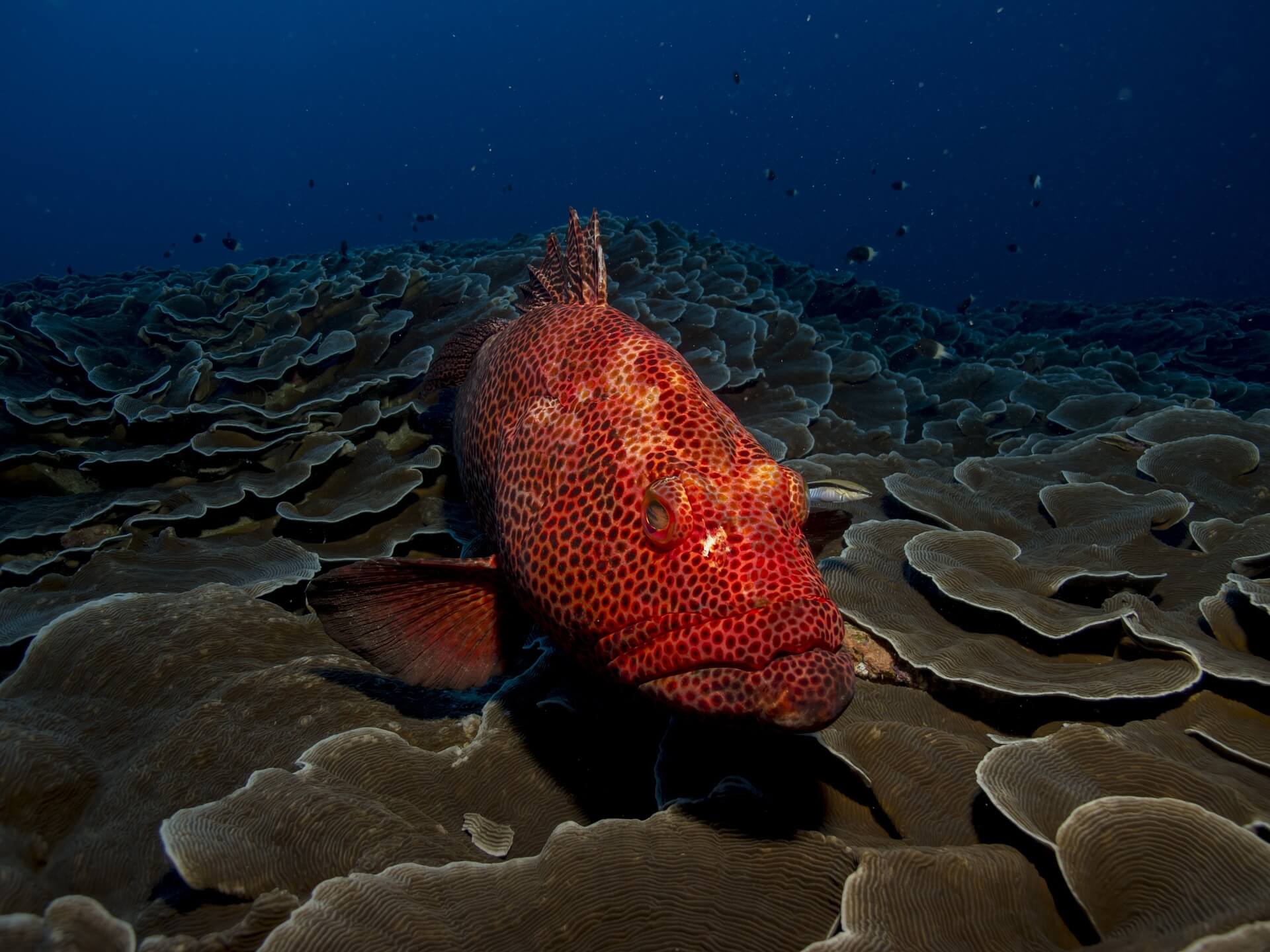
Groupers are predatory fish, who largely subsist on smaller fish and invertebrates. However, large specimens have been known to swallow small sharks whole!
Groupers are also noteworthy for being protogynous hermaphrodites, which means that they are a type of sequential hermaphrodite. Most groupers start life as females, and they only become male when they become large enough to compete with other large males. Other grouper species are neither male nor female while young; they only become one sex or the other once they mature.
Hamlet
Hamlets are very unusual fish who are some of the few vertebrates that are also simultaneous hermaphrodites.
Hamlets are small fish who are native to the waters surrounding Florida and the Caribbean Islands. Many are very colorful and therefore quite popular among aquarists. Scientists recognize 17 species in total, although some are better understood by marine biologists than others.
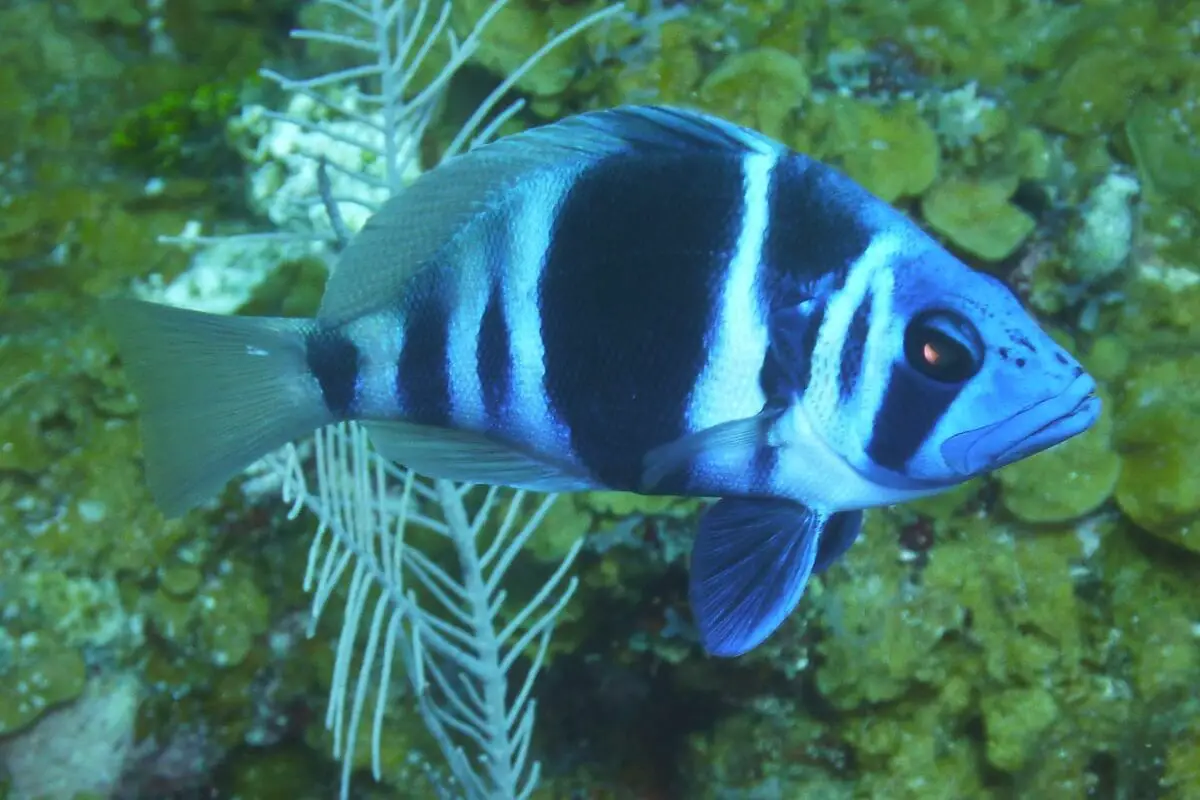
Hamlet fish possess both types of genitals throughout their lives. But unlike some other fish who engage in self-fertilization, hamlets still breed with other members of their species. This helps to ensure genetic diversity and give the animals the best chance to evolve adaptations that’ll help them overcome threats.
Hamlet fish, unlike many other species, don’t appear to mind the presence of divers. This has allowed divers to observe their breeding behavior up close. Accordingly, divers have observed that hamlets tend to pair with other individuals who have the same markings that they do. Once paired, they’ll take turns playing the role of the male.
Mangrove Killifish
Mangrove killifish are some of the only vertebrates in the world who engage in self-fertilization.
Mangrove killifish are very small fish, who rarely reach 2 inches in length. Native to the waters around Florida and throughout the Caribbean, mangrove killifish subsist on a variety of small foods.
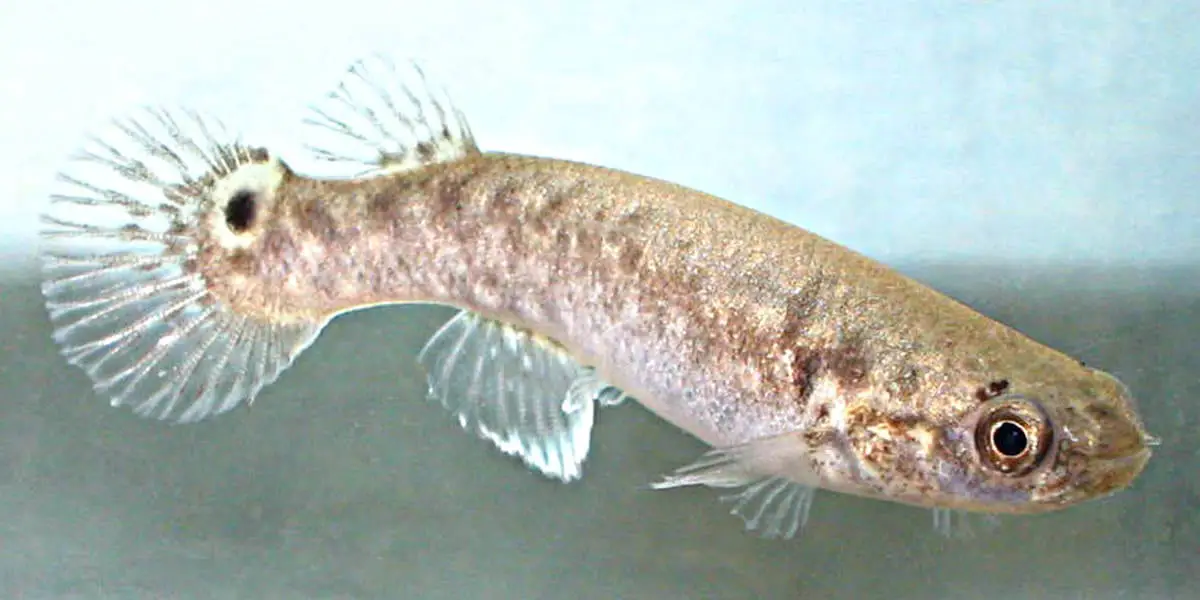
These interesting fish are capable of living on land for up to two months at a time. They’ll usually spend this time sheltering under a log or some other type of shelter. During this time, the fish breathe directly through their skin to survive.
Most mangrove killifish are females who also have male gonads. This enables them to fertilize their own eggs, and therefore reproduce without the help of other individuals. This likely serves as an adaptation that enables the fish to colonize new areas. For example, a single fish that reaches an isolated puddle or body of water could reproduce without needing another individual to be present.
Earthworms
Most common earthworm species are hermaphrodites, who can breed with any other individual they encounter.
Earthworms are very important components of natural ecosystems. They play vital roles in the production of soil, and they serve as food for birds, frogs, lizards and other animals. And while there are several interesting things about worm biology, few are as fascinating as their reproductive strategies.

Earthworms are hermaphrodites, who possess male and female sexual organs. When they encounter other earthworms, they exchange sperm cells, which enables the receiving worm to fertilize the eggs inside its body. Oddly, earthworms – who tend to spend most of their time below the surface – usually breed above ground. However, because they’re vulnerable to predators during this time, they usually do so at night.
Some earthworms are capable of self-fertilization. This helps them to colonize new lands, and it has enabled some species – such as the ubiquitous nightcrawler – to expand their historic range greatly.
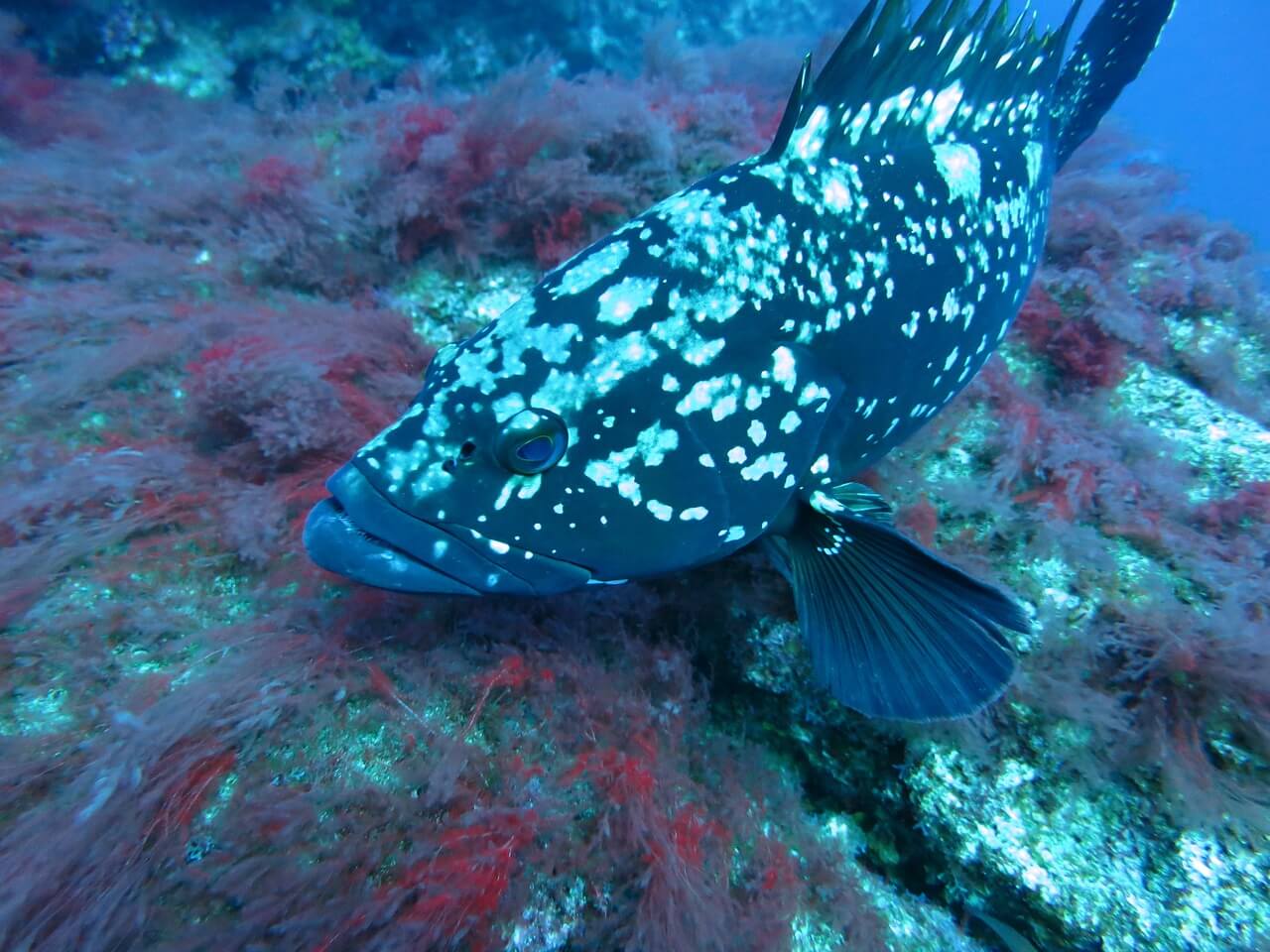
Hermaphroditic animals are certainly interesting, and they help scientists to understand a few important questions about evolution, develop and reproductive biology. Often, animals evolve to become hermaphrodites to overcome the challenges the environment presents.
Can you think of any challenge that may cause animals to become hermaphroditic? Share your ideas in the comments below.


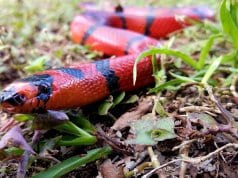











![Red Angus Closeup of a beautiful Red Angus cowPhoto by: U.S. Department of Agriculture [pubic domain]https://creativecommons.org/licenses/by/2.0/](https://animals.net/wp-content/uploads/2020/03/Red-Angus-4-100x75.jpg)

